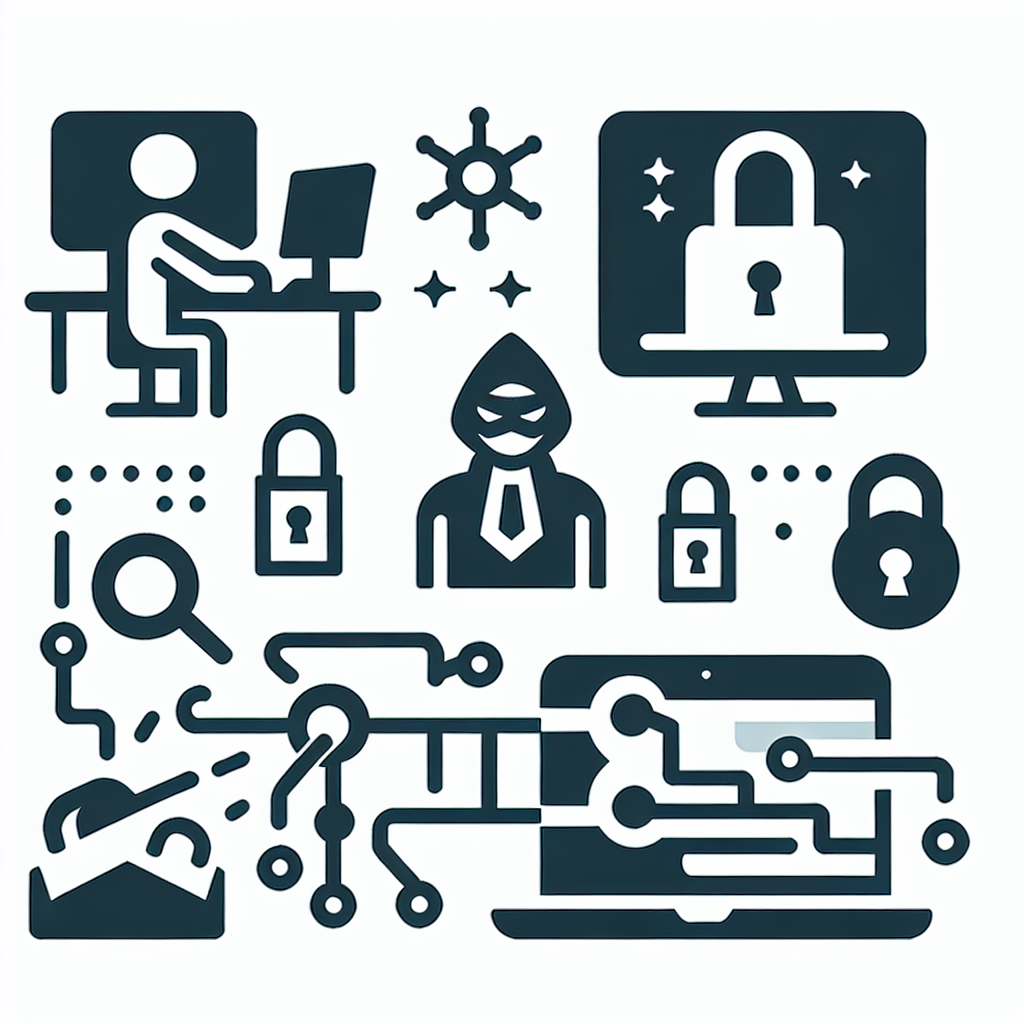
Your clients’ security often fails quietly — attackers find a single weak point and move inside. This guide lists five frequent, stealthy attack paths and gives clear mitigation steps MSPs can apply right away.

Phishing remains the easiest entry point because human error is common. Employees click malicious links or share credentials when messages look urgent or familiar. Regular simulated phishing and targeted training reduce click rates substantially. Pair training with strong email defenses to block spoofing and malicious attachments before they reach inboxes. Track repeat offenders and provide follow-up coaching.
Weak and reused passwords let attackers break into accounts quickly. Once an attacker gets valid credentials, they can pivot across cloud apps and internal systems. Require multi-factor authentication, enforce long unique passwords, and use a password manager across the organization. Rotate shared or service account passwords and monitor for credential-stuffing activity. Integrate breach-detection feeds to catch exposed credentials early.
Privilege creep expands the attack surface because people accumulate rights they no longer need. Old accounts or overly broad roles make lateral movement and data exfiltration easier. Conduct frequent access reviews, apply least-privilege policies, and automate deprovisioning when roles change or contracts end. Use role-based access controls and temporary elevation workflows for unusual tasks. Maintain an audit trail for every permission change.
Unmanaged laptops, phones, and IoT devices are common footholds for attackers. A single unpatched device can act as a bridge into corporate resources. Maintain an inventory of all endpoints, enforce endpoint protection, and require encryption and patching standards for any device that connects. Segment networks so compromised endpoints can’t reach critical infrastructure. Monitor unusual device behavior and revoke access quickly when risk is detected.
Outdated software often contains known vulnerabilities that attackers can exploit with publicly available tools. If patching lags, attackers use those holes to gain privilege and persist. Implement a prioritized patching program that scores assets by risk and exposure. Test and deploy updates fast for internet-facing systems and critical servers. Consider virtual patching and compensating controls where immediate updates are impossible.
Third-party access expands risk because vendors may have weaker controls than your clients. A compromised vendor account can act as a backdoor into otherwise secure networks. Limit vendor privileges to what’s necessary and enforce MFA and secure access methods. Require vendors to follow written security standards and prove compliance with periodic audits. Isolate vendor connections with jump hosts or privileged access platforms.
Detection gaps exist when logs are incomplete or alerts are ignored. Without continuous, centralized monitoring, stealthy intrusions can persist for months. Standardize logging across systems, centralize telemetry, and tune alerts to reduce noise. Use managed detection services or SIEM with playbooks to accelerate investigation. Measure mean time to detect (MTTD) and mean time to respond (MTTR) to drive continuous improvement.
Misconfigured services—open S3 buckets, exposed RDP ports, weak firewall rules—are frequent causes of breaches. These errors are often accidental but easy for attackers to find. Enforce secure defaults, run automated configuration checks, and perform regular penetration testing. Implement change control so configuration drift is detected and reverted. Educate engineers and admins on secure service hardening.
Poor or unpracticed incident response lets attackers extend their time in the network. If teams don’t rehearse playbooks, containment and recovery take longer. Build and test incident playbooks for common scenarios and map responsibilities across teams. Maintain back-ups and recovery plans, and run tabletop exercises regularly. Capture lessons learned and update controls after each event.
MSPs can reduce client risk through a combination of policies, tools, and recurring operations. Offer continuous monitoring, regular access reviews, proactive patching, and user training as managed services. Automate repetitive tasks—deprovisioning, patching, and alert triage—to keep costs predictable. Provide clear security roadmaps to clients with measurable KPIs and joint accountability.
For MSPs looking for practical tools and services to improve client defenses, see Palisade for managed detection and remediation, incident response guidance, and security automation: Palisade MDR and security tools.